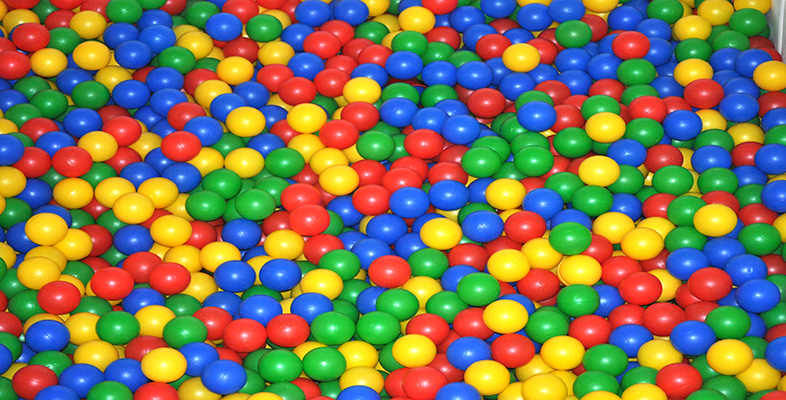1.2.1 Natural and synthetic rubbers
Natural rubber was the first major polymer to be imported and used for commercial purposes. Long ago the natives of South America learned to tap the indigenous Hevea Brasiliensis trees to collect, dry and coagulate the latex. Today the main rubber plantations are in Malaysia and Indonesia. Natural rubber is well established as an important and versatile engineering material with an excellent balance of properties. However, almost two-thirds of the rubber now consumed world-wide is synthetic. The development of synthetic rubbers in Western Europe and the USA was accelerated by the demands of the Second World War and the associated loss of access to the natural rubber plantations in the Far East. Today's engineers have a complete spectrum of synthetic rubbers available to them, with properties ranging from the general-purpose to the highly specific. Hence the term ‘rubber’ or ‘elastomer’ is more properly the generic name for a class of polymeric materials of widely varying properties. The properties and common uses of a selection of both general-purpose and speciality rubbers are shown in Table 1.
| Rubber | General properties | Typical uses | |
|---|---|---|---|
| BR | butadiene (polybutadiene) | Special-purpose rubbers of density 0.93 Mg m−3. Good low-temperature properties and abrasion resistance. High resilience (low damping) and therefore low heat build-up at ordinary temperature. Poor resistance to oils and hydrocarbons. | Resilient mounts, tyre sidewalls (blended with NR) |
| CR | chloroprene (Neoprene) | Versatile special-purpose rubbers of density 1.20 Mg m−3 and good mechanical and electrical properties. Very good resistance to ozone oxidation, heat and flame. | Car radiator hose, gaskets, seals, conveyor belts, bridge bearings |
| EPM, EPDM | ethylene-propylene copolymer and terpolymer | The copolymer (EPM) and terpolymers (EPDM) are general-purpose rubbers of density about 0.85 Mg m−3 Good mechanical properties and resilience. Can accept very high loadings of oils and fillers. Very good resistance to ozone, oxidation, chemical, weathering and high and low temperatures. | Conveyor belts, hose, general goods |
| NR | natural rubber (cis-polyisoprene) | An excellent general-purpose rubber of density 0.93 Mg m−3 High resistance to tearing and abrasion. High resilience at 20 °C and thereforelow heat build-up under the action of dynamic stresses. Swells in mineral oils and degreasing solvents. | Tyres, suspension systems, bushes, bridge bearings |
| NBR | nitrile (acrylonitrile- butadiene copolymer) | Special-purpose rubbers of density 1.0 Mg m−3 and moderate mechanical properties. Poor cold resistance. Excellent resistance to swelling in hydrocarbons and alcohols. The greatest oil and alcohol resistance occurs in rubbers with a high acrylonitrile content. | Fuel lines and linings |
| SBR | styrene-butadiene copolymer | A good general-purpose rubber of density 0.94 Mg m−3, competitive in properties with NR when reinforced with carbon black. Very good abrasion resistance. Swelling and adhesion properties similar to NR, ageing resistance better than NR. | Tyres, often in direct competition with NR |
